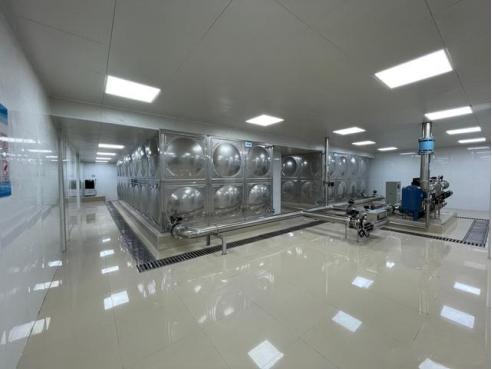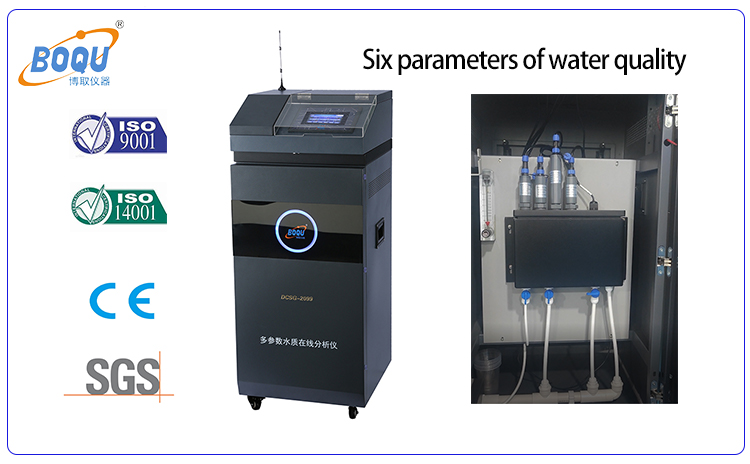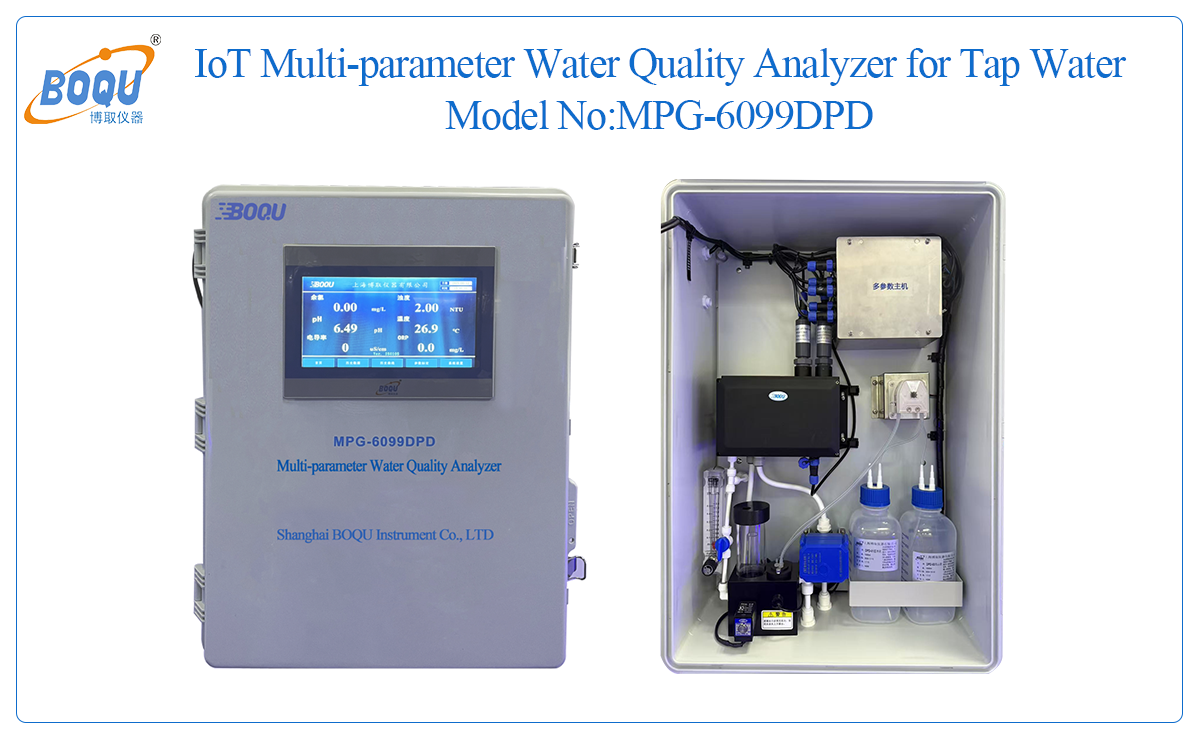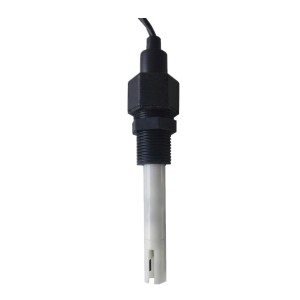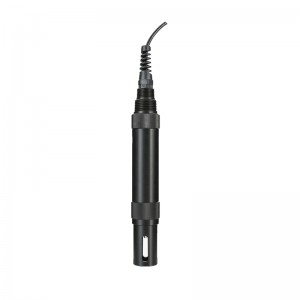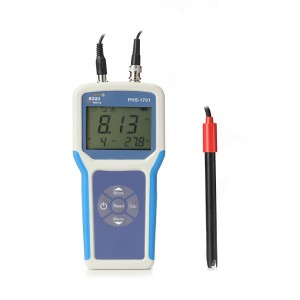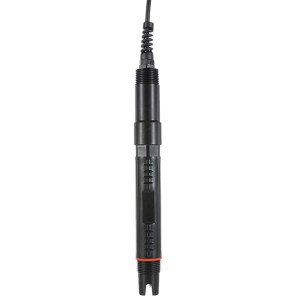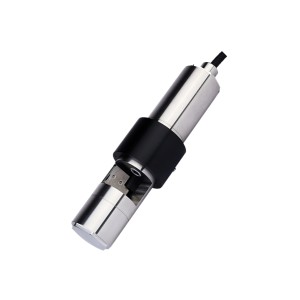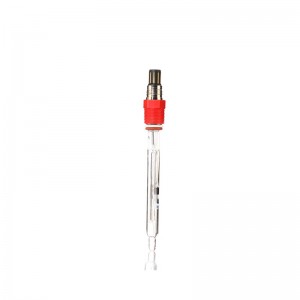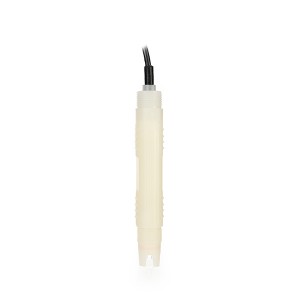User: A certain water supply company in Nanjing City
The implementation of smart secondary water supply pump stations has effectively addressed residents’ concerns regarding water tank contamination, unstable water pressure, and intermittent water supply. Ms. Zhou, a resident with firsthand experience, stated, “Previously, the water pressure at home was inconsistent, and the temperature of the water from the water heater fluctuated between hot and cold. Now, when I turn on the tap, the water pressure is stable, and the water quality is excellent. It has indeed become much more convenient to use.”
The development of intelligent secondary water supply systems represents a significant advancement in ensuring safe and reliable water distribution in high-rise residential buildings. To date, this water supply group has constructed over 100 pumping stations across urban and rural areas, all of which are now fully operational. The general manager of the company noted that as the number of high-rise residential buildings continues to grow in towns and communities, the group will continue to promote the standardization and modernization of pumping station infrastructure. This includes enhancing the精细化 management of secondary water supply systems and continuously upgrading intelligent control technologies to enable data-driven water supply operations. These efforts aim to lay a solid foundation for the future development of standardized and intelligent water enterprises, ensuring the reliability of the “last mile” of water delivery throughout the district.
High-rise residential buildings utilize variable-frequency constant-pressure water supply systems. In this process, water from the main pipeline first enters the pump station’s storage tank before being pressurized by pumps and other equipment and delivered to households. Although these community pump stations operate without on-site personnel, they are monitored in real time via a network connection 24 hours a day. Remote control capabilities allow operators to adjust system settings and monitor key parameters such as water pressure, water quality, and electrical current. Any abnormal readings are immediately reported through the management platform, enabling prompt investigation and resolution by technical staff to ensure continuous and secure water supply.
Drinking water quality directly impacts public health. If secondary water supply fails to meet regulatory standards—such as excessive heavy metal content or insufficient disinfectant residual—it may lead to health issues such as gastrointestinal diseases or poisoning. Regular testing facilitates the early identification of potential hazards, thereby preventing adverse health outcomes. According to China’s “Hygienic Standard for Drinking Water,” the quality of secondary water supply must align with that of the municipal water supply. Regulatory requirements mandate periodic water quality testing by secondary supply units to ensure compliance, fulfilling a legal obligation to safeguard public health. Furthermore, water quality data can be used to assess the operational condition of storage tanks, piping systems, and other infrastructure. For example, increased impurities in the water may indicate pipe corrosion, necessitating timely maintenance or replacement. This proactive approach extends equipment lifespan and ensures the stable and reliable operation of the water supply system.
Monitoring Parameters:
DCSG-2099 Multi-Parameter Water Quality Analyzer: pH, Conductivity, Turbidity, Residual Chlorine, Temperature.
Various water quality parameters provide insights into water quality from different perspectives. When used collectively, they enable comprehensive monitoring of potential contamination in secondary water supply systems and the operational status of associated equipment. For the smart pump room renovation project, Shanghai Boge Instrument Co., Ltd. provided the DCSG-2099 multi-parameter online water quality analyzer. This device ensures water quality safety by continuously monitoring key parameters such as pH, conductivity, turbidity, residual chlorine, and temperature.
pH value: The acceptable pH range for drinking water is 6.5 to 8.5. Monitoring pH levels helps assess the acidity or alkalinity of the water. Deviations beyond this range may accelerate the corrosion of pipes and water storage tanks. For instance, acidic water can corrode metal piping, potentially releasing heavy metals such as iron and lead into the water supply, which may exceed safe drinking water standards. Additionally, extreme pH levels can alter the aquatic microbial environment, indirectly increasing the risk of microbial contamination.
Conductivity: Conductivity serves as an indicator of the total concentration of dissolved ions in water, including minerals and salts. A sudden rise in conductivity may suggest a pipe rupture, allowing external contaminants such as sewage to enter the system. It may also indicate leaching of harmful substances from water tanks or pipes, such as additives from low-quality plastic materials. These anomalies may signal abnormal water quality contamination.
Turbidity: Turbidity measures the concentration of suspended particles in water, including sand, colloids, and microbial aggregates. Elevated turbidity levels typically indicate secondary pollution, such as inadequate tank cleaning, pipe corrosion and shedding, or poor sealing that allows foreign impurities to enter the system. These suspended particles may carry pathogens, thereby increasing health risks.
Residual chlorine: Residual chlorine reflects the concentration of disinfectants, primarily chlorine, remaining in the water. It plays a critical role in inhibiting microbial growth during secondary water supply. Insufficient residual chlorine may compromise disinfection efficacy, potentially leading to bacterial proliferation. Conversely, excessive levels may result in unpleasant odors, affect taste, and contribute to the formation of harmful disinfection by-products. Monitoring residual chlorine enables a balance between effective disinfection and user satisfaction.
Temperature: Water temperature reflects thermal variations within the system. Elevated temperatures, such as those caused by direct sunlight exposure of water tanks during summer, can accelerate microbial growth. This risk is heightened when residual chlorine levels are low, potentially leading to rapid bacterial proliferation. Additionally, temperature fluctuations may influence the stability of dissolved oxygen and residual chlorine, indirectly affecting overall water quality.
For clients undertaking secondary water supply projects, we also offer the following products for selection:

